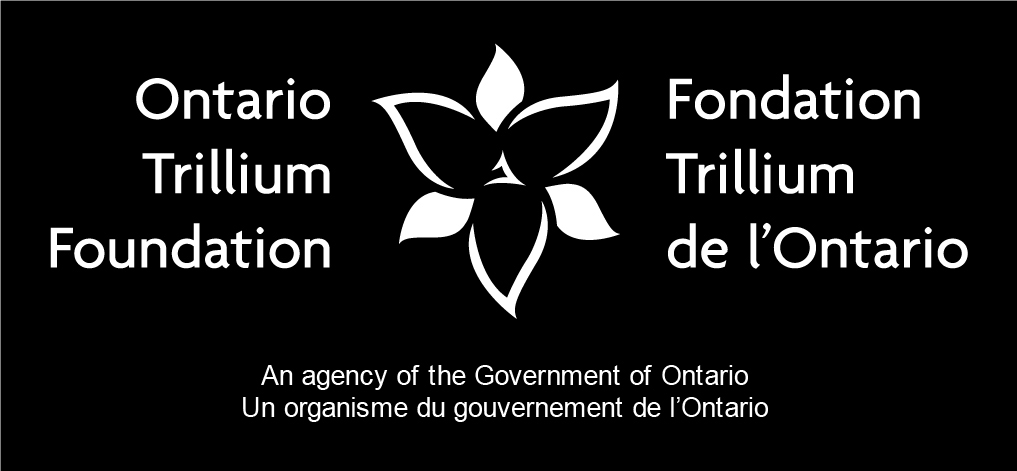










37 Mulcaster Street
Barrie, ON L4M 3M2
"(Required)" indicates required fields
Visit
Monday Closed
Tuesday – Friday 10am – 4pm
Saturday 10am – 4pm
Sunday 10am – 4pm
Contact
+1 (705) 721-9696
maclaren@maclarenart.com
Exhibitions
Learn + Create
We acknowledge the traditional territory of the Anishinaabek, which include the Odawa, Ojibwe, and Pottawatomi Nations, collectively known as the Three Fires Confederacy. The local bands consist of the Chippewa Tri-Council, who are made up of Beausoleil First Nation, Georgina Island First Nation and Rama First Nation. We would also like to acknowledge the Wendat Nation (Huron) who occupied these lands prior to the middle of the 17th century. We also recognize the enduring presence of all First Nations, Métis and the Inuit peoples.
© 2024 MacLaren Art Centre. All Rights Reserved